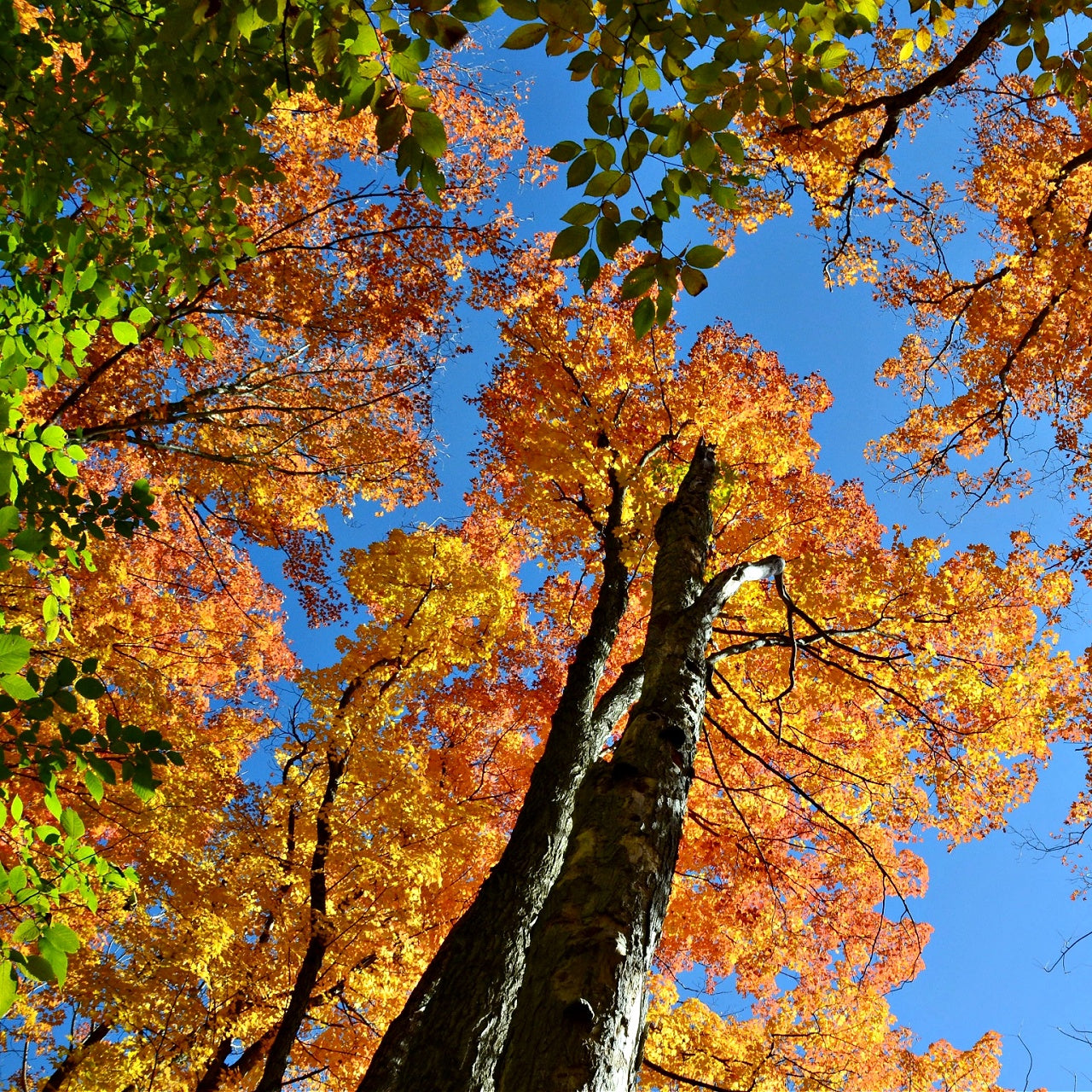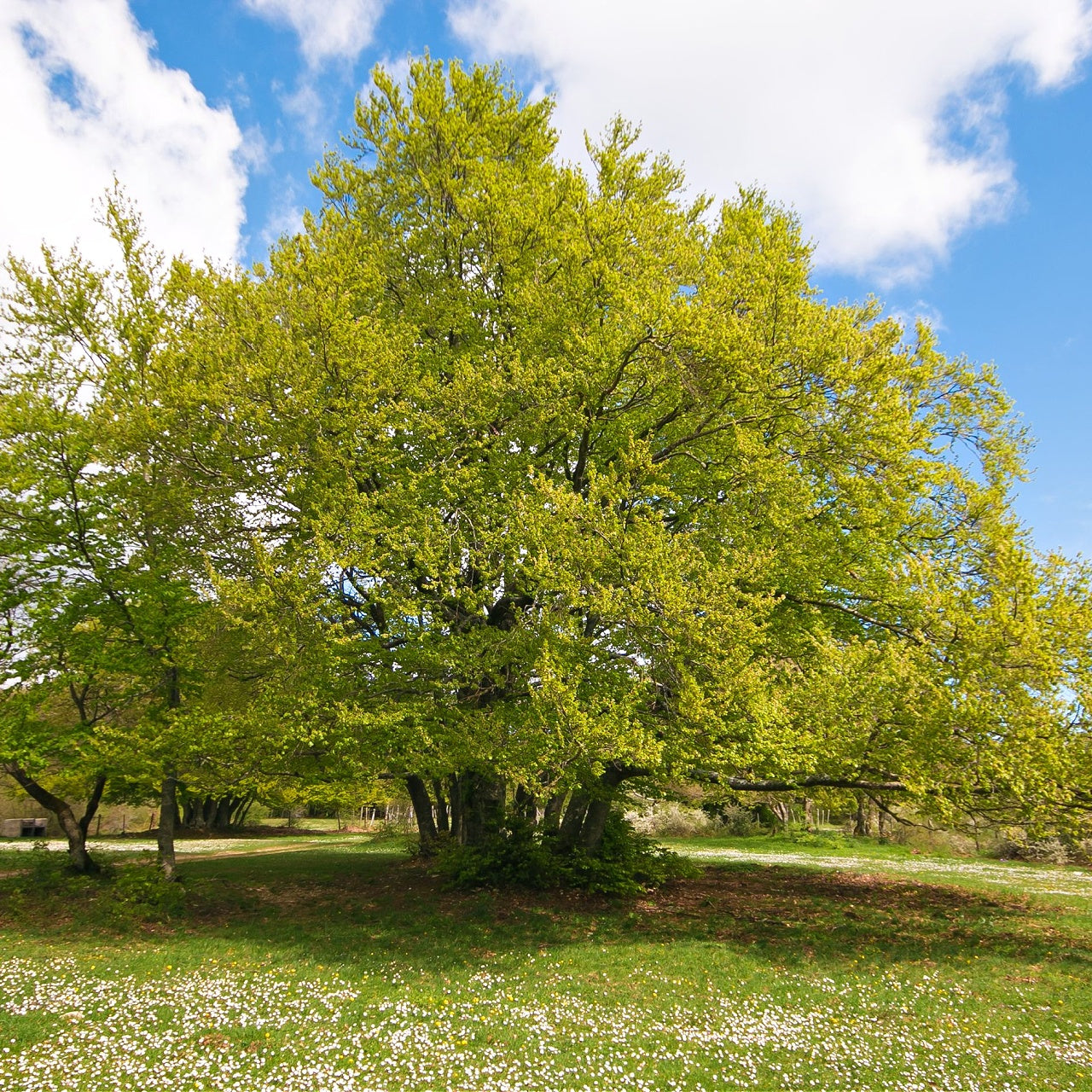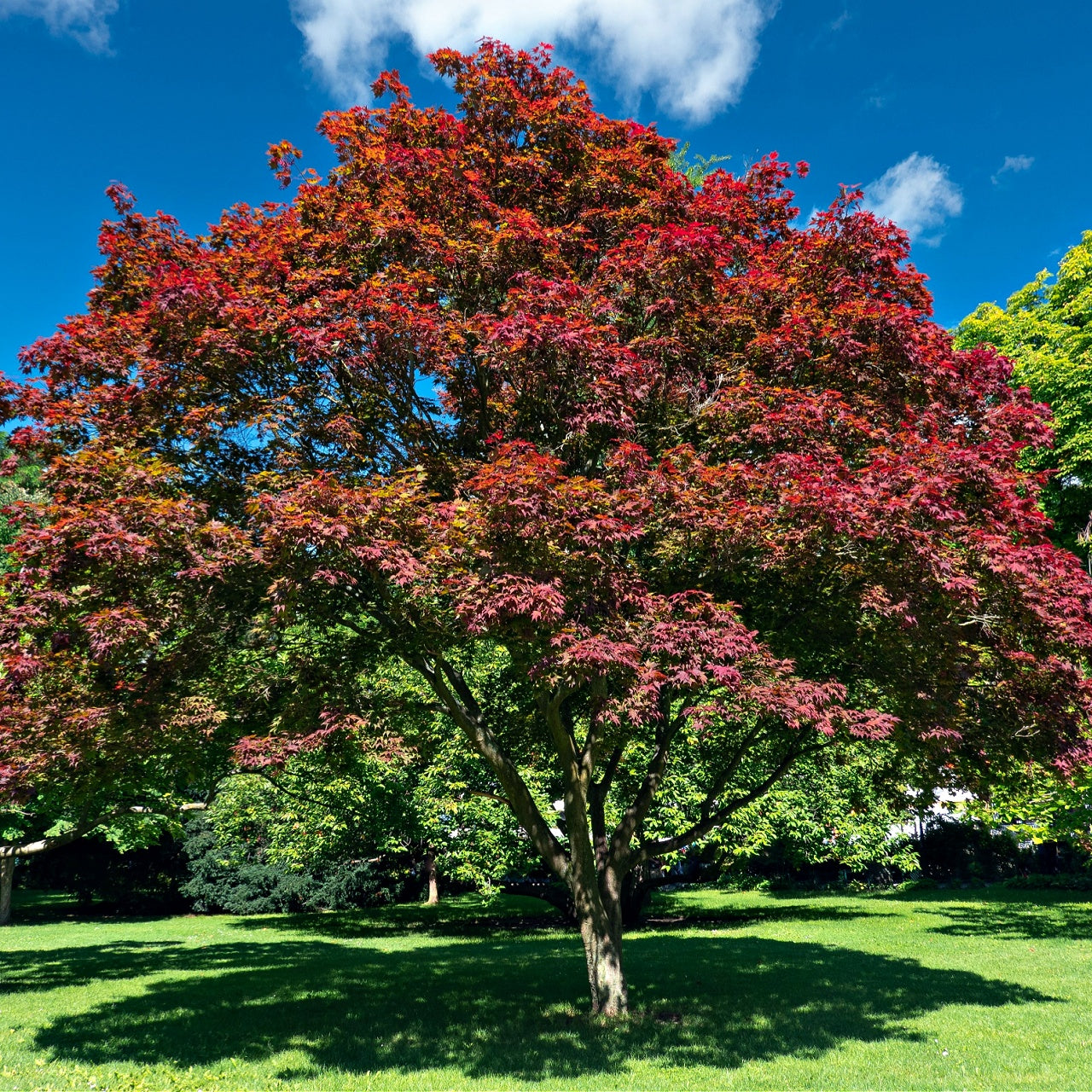
What Makes a Plant Annual?
What Makes a Plant Annual?
What Makes a Plant Annual?
When you plant vibrant flowers that fade after one season, you experience the characteristics of annual plants. Annual plants accomplish their entire life cycle within a single growing season which includes germination followed by flowering and seed production before they die. Annual plants provide rapid growth and bold color but will not return next year unless they self-seed which involves dropping seeds that sprout in the following spring. The process of self-seeding proves unreliable when garden beds face severe weather conditions or meticulous maintenance.
Though impatiens and zinnias deliver immediate curb appeal as popular annuals gardeners must plant them anew each spring because they die after each season. That adds up—in cost, labor, and time. Native perennials together with mosses, ferns and woody plants can create a low-maintenance garden that remains balanced and resilient while improving with time.
Native Plants Vs Annuals
Native plants remain perennial powerhouses because they reappear each spring effortlessly after annuals fade with frost. The New Jersey Tea (Ceanothus americanus) serves as an underrated native shrub with low growth and fragrant white blossoms that attract pollinators. This plant endures frosty winters and flourishes when spring arrives while providing both visual appeal and environmental benefits.
Fern Moss (Thuidium delicatulum) and Cushion Moss (Leucobryum glaucum) offer vibrant green coverage similar to a carpet in shady moist areas which thrives throughout the year across numerous zones. Mosses stand out from annual ground covers because they do not need to be mowed or replanted. Mosses work well on woodland trails and terrariums while they create a natural atmosphere near stone borders.
Ferns are another dependable group. Due to their robust nature the Hay-Scented Fern (Dennstaedtia punctilobula) and the Broad Beech Fern (Phegopteris hexagonoptera) expand at a gradual pace to create forest-style gardens filled with dense textures and dynamic movement. Though their foliage disappears each winter ferns make a stronger comeback every year which allows them to offer enduring structural support that annual plants can't provide.
Sustainable Replacements for Annuals
People who want seasonal floral colors without annual replanting should choose native perennials that deliver similar visual effects without yearly replanting requirements. The Spotted Beebalm (Monarda punctata) which belongs to the same family as popular beebalm species bursts forth in soft purple and yellow shades to attract native bees and butterflies. This perennial plant thrives under poor soil conditions while providing weeks of blooms during late summer.
The Carolina Phlox (Phlox Carolina) stands out with deep pink flower clusters that perform better than many tender annuals in hot and humid environments. This upright phlox variety delivers vertical interest with extended blooming periods for garden borders or wildflower beds instead of creating an overwhelming effect like creeping phlox.
Which flowering tree can offer continuous blooms through the years? Each spring brings delicate white “fringes” from the Fringe Tree (Chionanthus virginicus). This southeastern U.S. native plant thrives on minimal care and maintains seasonal beauty without needing replacement. This plant’s gradual growth rate makes it perfect for small gardens needing a visually striking yet restrained specimen.
The native shrub Buttonbush (Cephalanthus occidentalis) produces more impact than most annual plants. The round white puffball flowers of this plant attract butterflies and bees while it thrives in wet soils which makes it perfect for rain gardens or low spots.
Want color in fall too? The Indian Pink (Spigelia marilandica) features tubular red and yellow blossoms which hummingbirds find impossible to ignore. The plant grows stronger with every season and performs well in partial shade which many annuals find difficult to survive in.
Mixing Annuals with Native Perennials for a Lasting Landscape
So, do annuals come back every year? In short—no, not reliably. When you combine instant color from annuals with native plants that survive and flourish you achieve a garden that is sustainable and full of biodiversity and beauty. Strategic use of annuals remains viable, especially when they are filled with containers or beds designed to embrace seasonal shifts.






